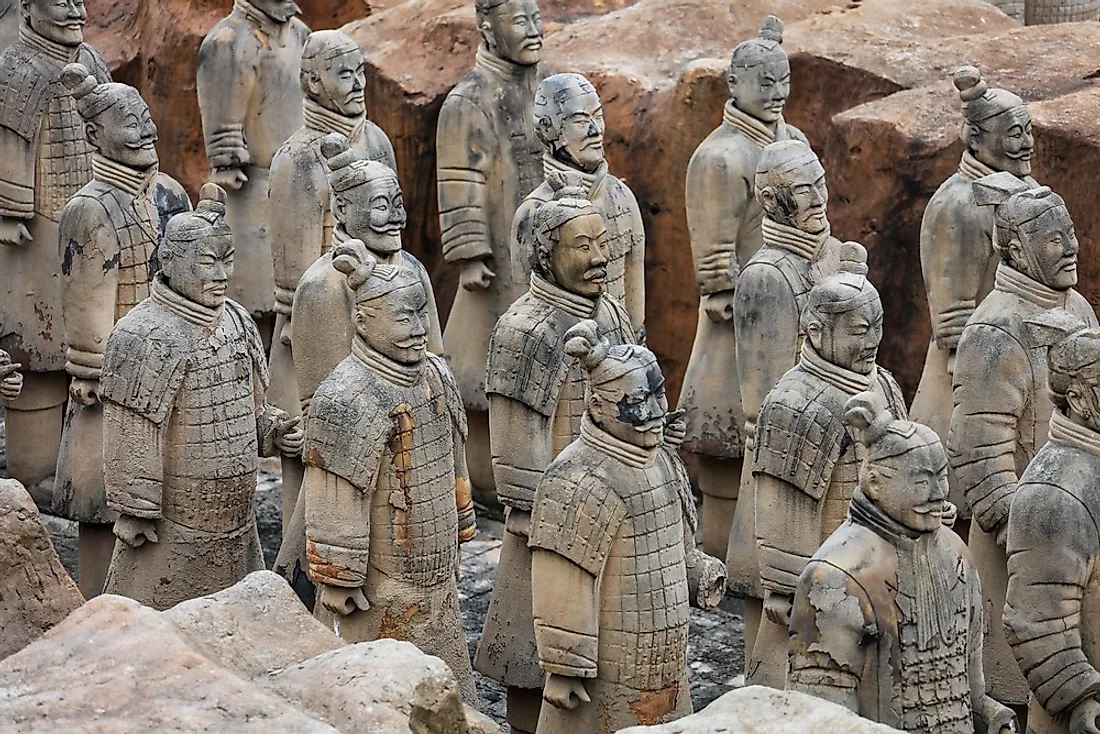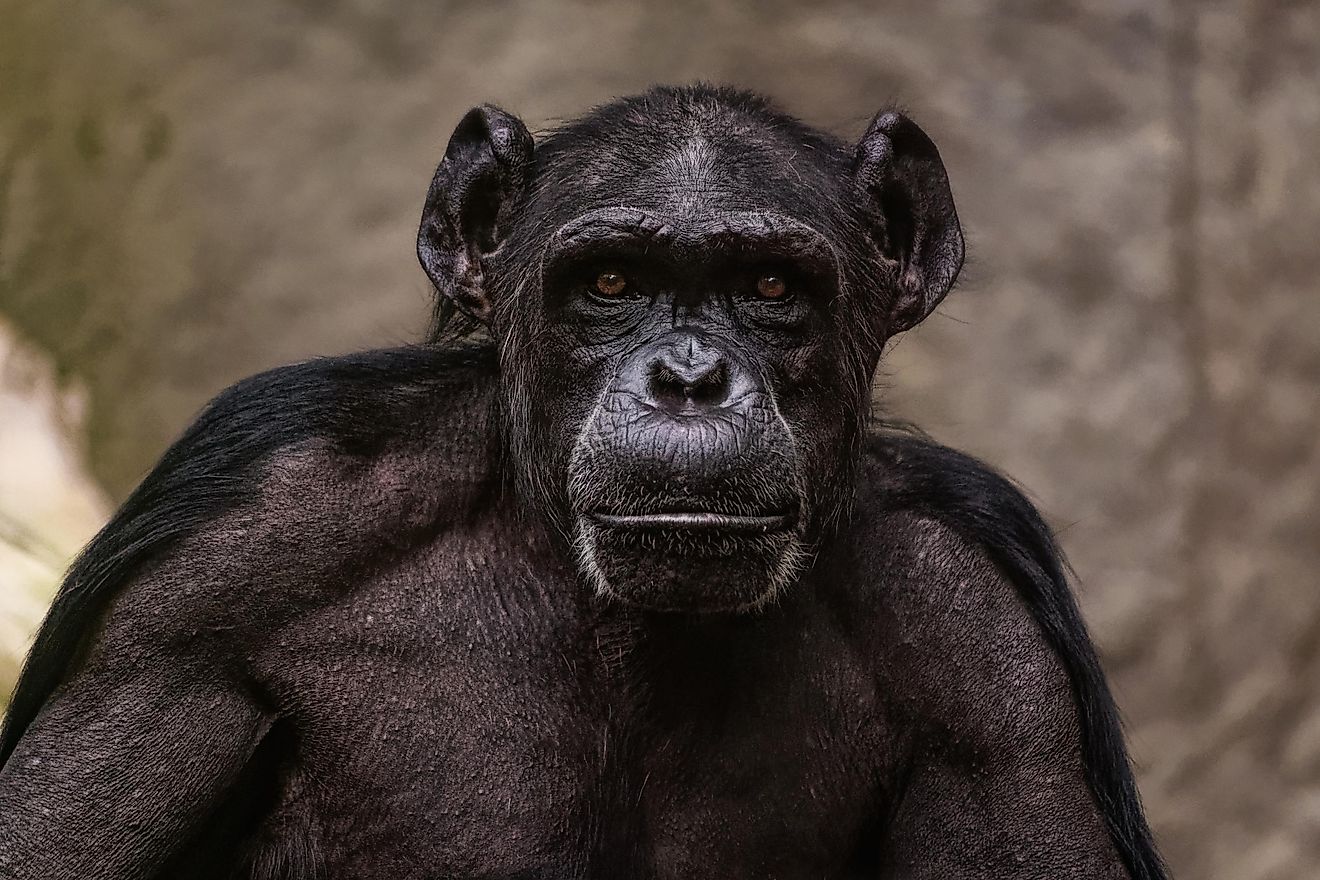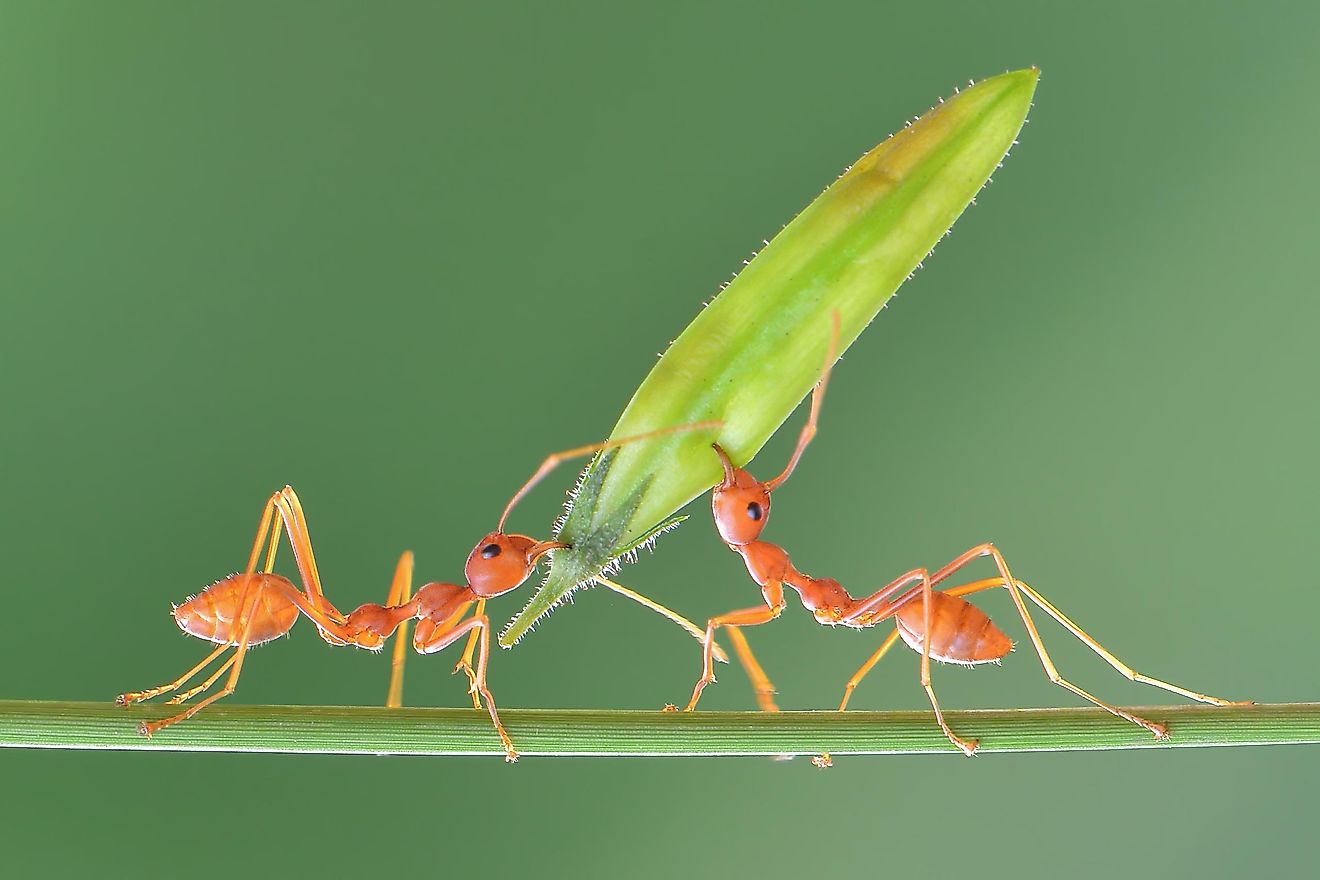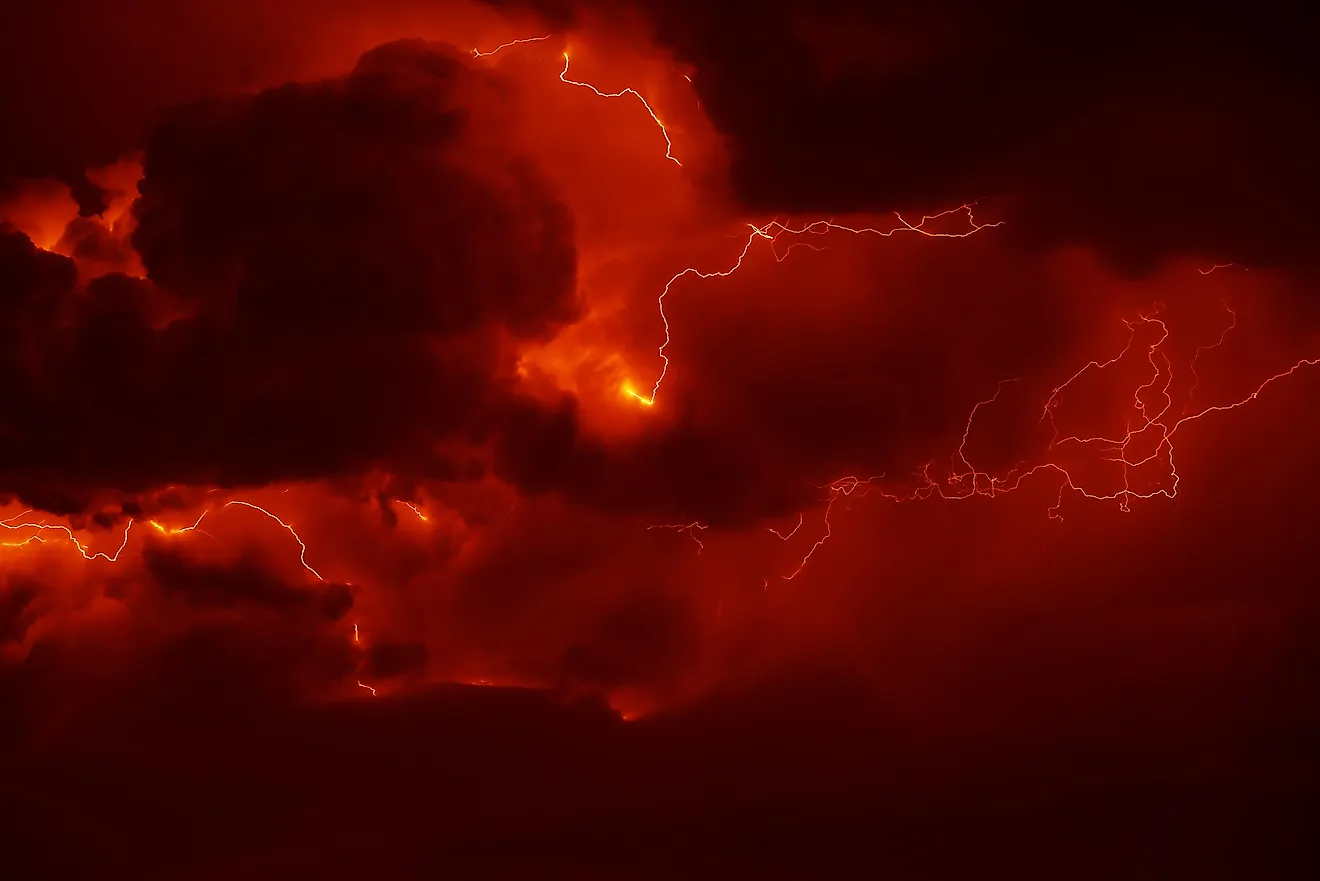When Was the Terracotta Army Discovered?

The Terracotta Army is a group of sculptures from Terracotta depicting Qin Shi Huang armies. Qui Shi Huang was China’s first Emperor. It is a sculpture of vast funeral art buried with Qui Shi Huang in 209 to 210 BCE. The sculpture protected the emperor after death.
History of the Terracotta Army
The historian Sima Qian described the construction of the tomb in his work called Shiji, from 90 to 145 BCE. The construction of the mausoleum started in 246 BCE. This is when Emperor Qui Shi Huang took over the throne and 700,000 workers did construction. The geographer, Li Daoyuan in his writing called Shui Jing Zhu reveals that the emperor loved Mount Li region. This is due the fact that, the region was famous for its jade mines, auspicious geology, and the North rich in gold. Therefore, this is the reason why the first emperor chose it as his burial site.
Historian Sima Qian alludes that the first emperor was buried with officials, towers, palaces, and valuable artifact. In addition, Sima Qian reveal that 100 flowing rivers were imitated with mercury and above them was the ceiling decorated with stars then below was features of land.
Qin Shi Huang’s tomb soil contained high levels of mercury. This gave Sima Qian’s account credence. However, other historical accounts revealed that Xiang Yu looted the tomb. Xiang Yu was a contender for the throne after Qin Shi Huang’s death. Later, the reports indicate that there was no truth in the allegations because the tomb was intact.
Discovery of the Terracotta Army
The Terracotta Army figures dates back to the late third century BCE. The local farmers discovered the figures in 1974, in Lintong District, Xi’an, and Shaanxi Province. The farmers were sinking a well of water, 1.5 kilometers east of the Emperor’s grave at Mount Lishan. The area is full of underground watercourses and springs. For many years, reports had revealed about terracotta sculptures and pieces of Qui necropolis such as bricks, roofing tiles, and chunks of masonry.
The discovery of Terracotta figures aroused the Chinese archaeologists to make further investigation. This investigation enabled them to reveal the historic group of large pottery figures ever found in China. Since then, a complex museum stands around the area enclosing the largest pit. The sculptures lie according to their height and their duties, where the generals are tall. The Qui Shi Huang sculptures have horses, warriors, and chariots.
The warriors stand guarding the tomb to the east. There are reddish, sandy soils of five meters in height heaped to the areas surrounding the constructions. Archeologists also found several graves when diggers struck terracotta fragments at Mount Li burial mount. According to the archeologists, the graves dated from 18th to 19th centuries.
According to the 2007 estimates, the three pits served as grave for the Terracotta Army. The pits composed of 130 chariots, 150 cavalry horses, 520 horses, and 8,000 soldiers. The majority of the Army that remained was buried in the pits near Qui Shi Huang mausoleum. Furthermore, other pits revealed the figures of officials, musicians, strong men, and acrobats buried.











